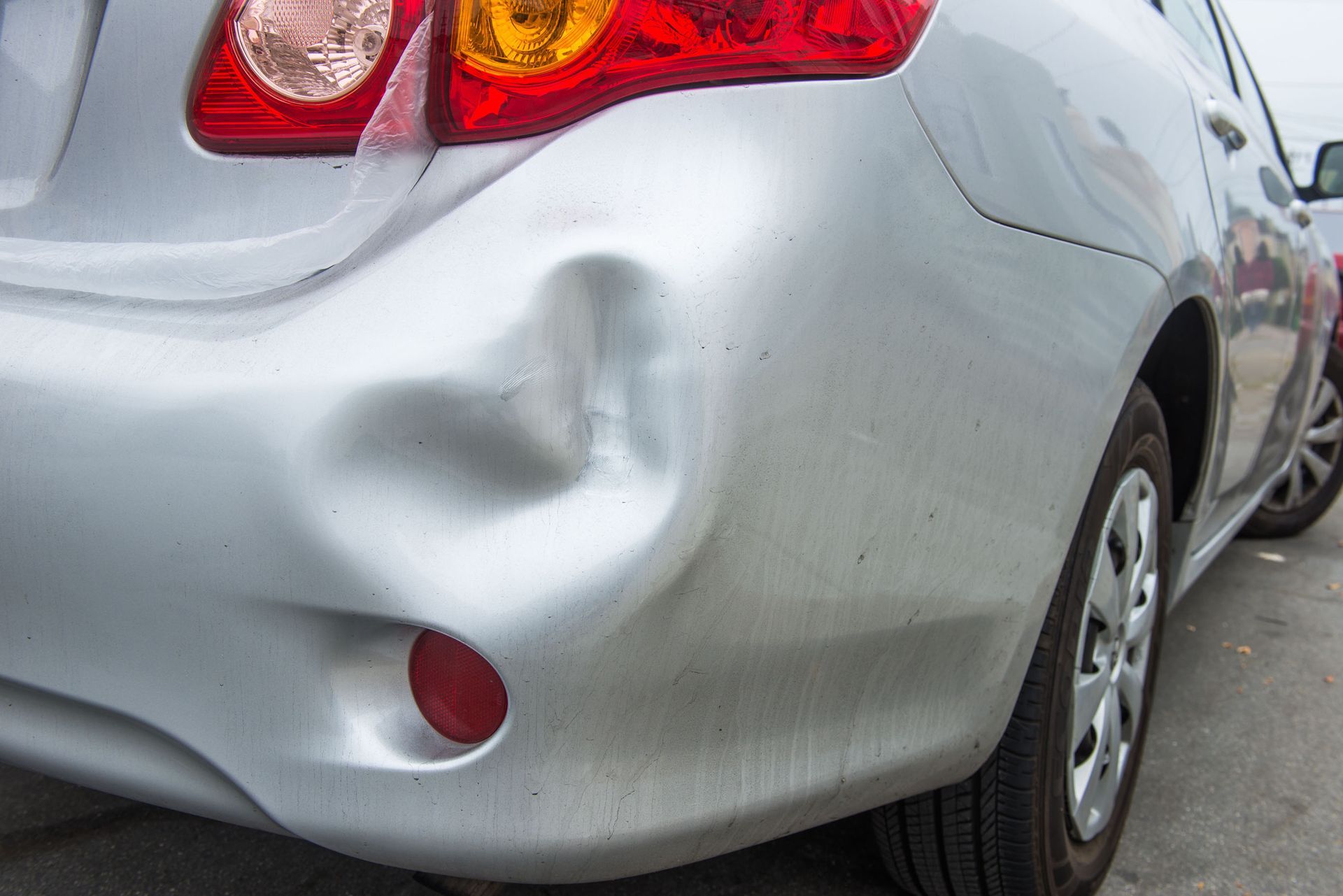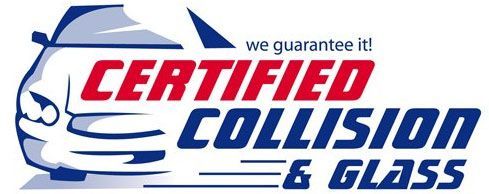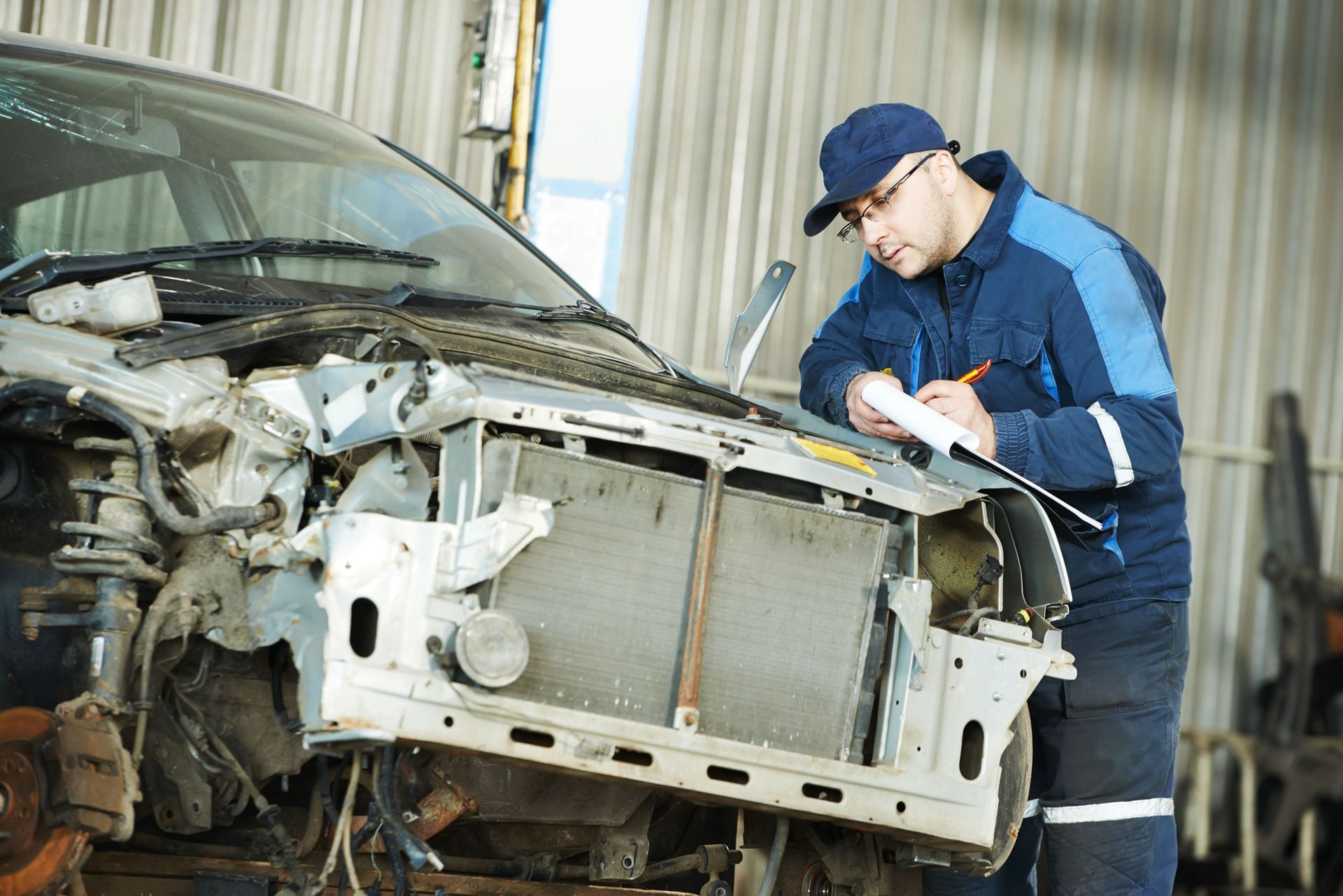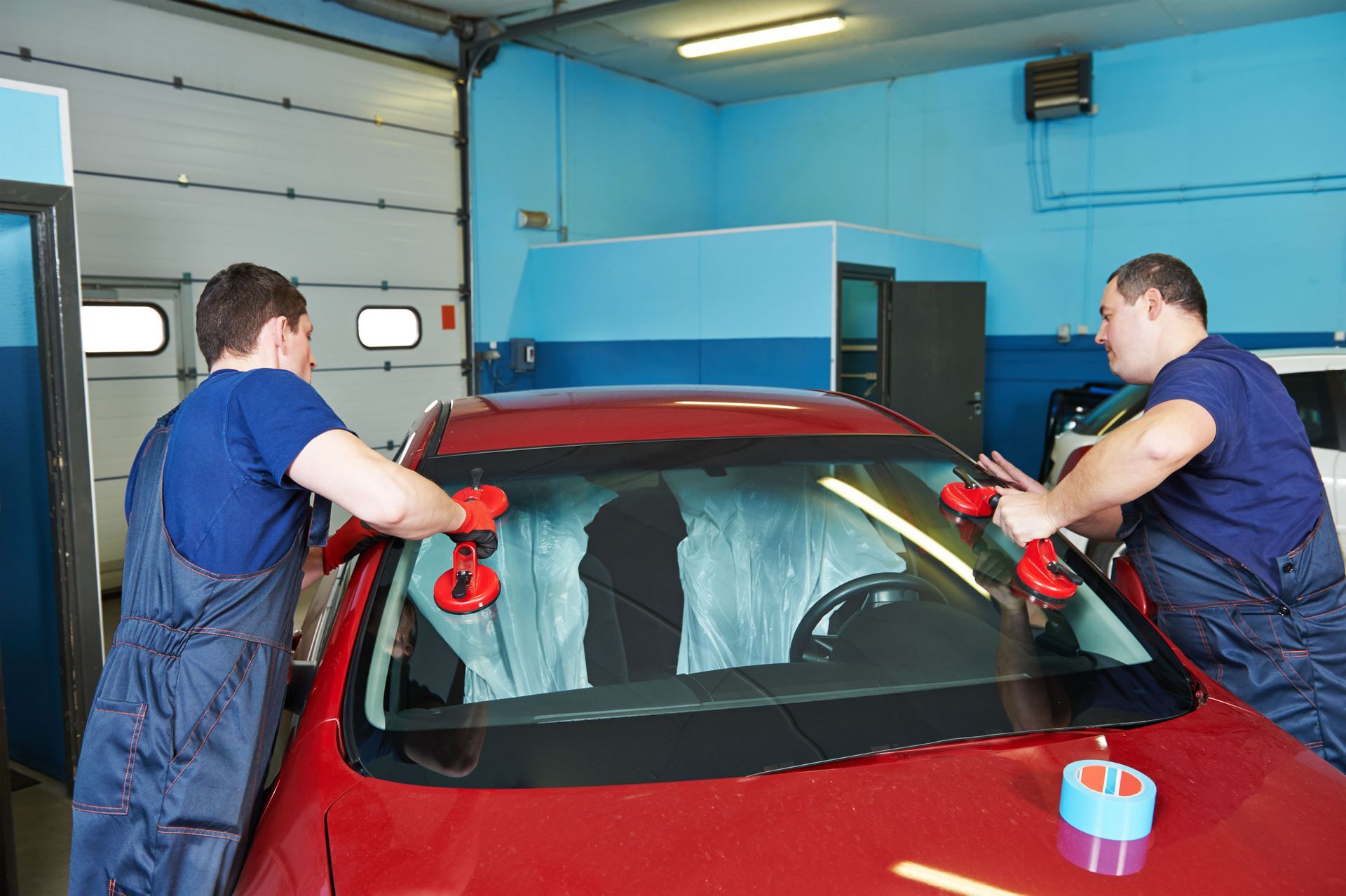September 5, 2025
Many vehicle owners hold misconceptions about collision damage and the repair process. These misconceptions often lead drivers to waste money, delay important fixes, or even compromise their vehicle’s safety. Auto body repair is often misunderstood, and separating fact from fiction is the first step toward protecting your vehicle investment. By clearing up these myths, drivers can approach repair decisions with confidence and avoid unnecessary stress.
Myth 1: Insurance Covers Every Repair
It’s a common assumption that auto insurance will pay for every kind of damage after an accident. In reality, coverage depends heavily on your specific policy, your deductible, and what the insurer determines is necessary. For example, cosmetic damage that doesn’t affect the ability to drive may not be fully covered. Drivers who don’t review their policy in advance may be surprised when the bill isn’t as low as they expected.
Coverage can vary widely depending on your policy and the specifics of the damage. Comprehensive plans usually cover more than basic liability, but even then, limitations exist. The best way to avoid frustration is to understand your policy thoroughly and ask your provider questions before you need repairs. By doing so, you’ll have a clearer idea of what costs to expect when an accident happens.
Myth 2: Only Dealerships Provide Quality Service
Many people think dealerships are the only shops capable of handling serious repairs, but this simply isn’t the case. Independent repair facilities often employ certified technicians with years of hands-on experience who can match or even exceed dealership quality. These shops also typically have access to advanced tools, OEM parts, and modern repair methods that ensure reliable results.
What matters most is the expertise of the technicians, not the name on the building. Dealerships may carry a brand reputation, but independent auto body specialists often provide more personalized service and shorter turnaround times. Checking for certifications, reading reviews, and asking about warranties can help drivers find trustworthy professionals outside of dealership networks.
Myth 3: All Shops Charge the Same Price
Some drivers mistakenly believe that the cost of repairs is uniform across all repair shops. In reality, prices vary significantly based on a range of factors, including labor rates, location, parts availability, and even the type of technology used during the repair. Two shops in the same city might quote very different estimates for the same job. This means that understanding what goes into an estimate is just as important as the bottom-line number you see on the bill.
This doesn’t mean the most expensive option is always the best or the cheapest the worst. What it does mean is that car owners should do their research before making a decision. Getting multiple quotes, asking for detailed breakdowns, and comparing the scope of work ensures you’re not just looking at numbers, but value. Smart shoppers balance cost with confidence in the shop’s quality and reputation.
Myth 4: Damaged Cars Never Look the Same Again
A lot of drivers fear that once their vehicle suffers collision damage, it will never look “right” again. While this might have been true decades ago, today’s repair methods are more advanced than ever. Skilled technicians use digital color-matching systems, precision tools, and advanced materials to restore vehicles to their original appearance.
In fact, many repaired cars look indistinguishable from those that were never damaged. Paint technology has come a long way, ensuring finishes blend seamlessly, while frame straightening machines help restore structural integrity. These advancements allow technicians to correct even severe damage with precision that was once thought impossible. A properly completed repair can restore a car’s appearance, which is why it’s so important to choose a shop with proven expertise.
Myth 5: Small Dents and Scratches Don’t Matter
It might be tempting to ignore minor damage, assuming it has little impact. However, even small dents and scratches can compromise the protective layers of your car’s finish. What looks like a harmless blemish on the surface can actually weaken the vehicle’s long-term durability. When left untreated, they may allow rust and corrosion to spread, leading to much larger repair bills down the road.
Beyond the cosmetic concern, structural issues can also develop if dents are located in key areas. Small problems often escalate if neglected, and what could have been a quick, affordable fix can turn into a costly repair. Delaying attention to these seemingly minor flaws often means sacrificing both safety and resale value. Proactive care, including timely auto body repair, prevents these issues and helps preserve both your vehicle’s value and safety.
Myth 6: DIY Fixes Are Just as Effective
With online tutorials widely available, some drivers believe that do-it-yourself fixes can replace professional work. While minor tasks may seem manageable, collision repairs often require specialized equipment and training. Attempting to handle the job alone can lead to uneven finishes, safety risks, or even more expensive corrections later.
Professional technicians undergo rigorous training to ensure every repair meets industry standards. They also have access to tools that the average person can’t replicate at home. Choosing expert help ensures the repair is not only cosmetically sound but structurally safe as well.
Myth 7: Repairs Take Forever to Complete
Many people dread sending their vehicle to a shop, expecting it will be out of commission for weeks. While some extensive repairs can take longer due to parts availability or major structural issues, many jobs are completed much more quickly. Skilled technicians use efficient workflows to minimize downtime, especially for common repair needs.
Modern technology has also shortened repair times significantly. Computerized systems help with faster diagnostics, while streamlined paint processes allow for quicker drying and finishing. These innovations not only speed up the process but also maintain high-quality results that meet industry standards. In many cases, what once took weeks can now be done in days, making professional auto body repair more convenient than most drivers expect.
Myth 8: The Industry Isn’t Growing
Some drivers think the collision repair industry is fading, but that couldn’t be further from the truth. According to The Business Research Company, the global collision repair market is forecast to grow from $208.85 billion in 2024 to nearly $215 billion in 2025. This steady increase highlights the ongoing importance of the industry and the continued reliance of consumers on its services.
The industry’s growth is driven by rising vehicle ownership, increased road use, and ongoing innovations in repair technology. From advanced materials to digital repair estimates, the field continues to evolve. This means that choosing a reputable shop not only guarantees current expertise but also ensures the business is keeping pace with industry advancements. For drivers, that’s a win-win.
Misconceptions about repairs lead many drivers to delay service, overspend, or settle for less-than-ideal results. By understanding the truth behind common myths, car owners can make smarter decisions and protect their vehicles more effectively. Clear knowledge empowers drivers to ask the right questions and choose a team that truly serves their needs. When it comes to auto body repair, being informed is the best way to protect both your vehicle and your wallet.
Looking for expert repairs you can count on? At Certified Collision & Glass, our team delivers quality results with honesty and care. Contact us today to schedule your appointment and see why drivers rely on us for dependable auto body repair services.






